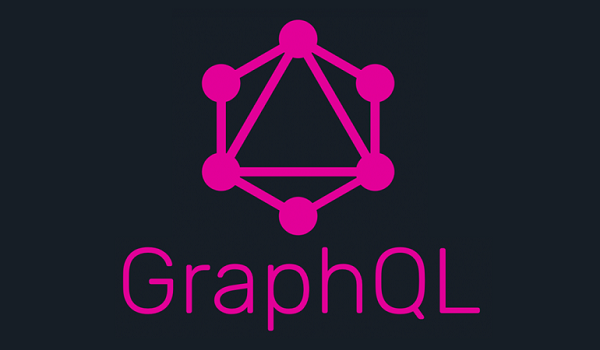Over the past decade, REST has become standard among developers for designing web APIs. But recently, REST APIs have shown to be too inflexible to keep up with the rapidly changing requirements of the clients that access them. In this scenario GraphQL, the recent introduction solves many of the shortcomings and inefficiencies that developers experience when interacting with REST APIs. It can cope with the need for more flexibility and efficiency!
Is GraphQL a Replacement of REST?
GraphQL is a query language that was first built and used inside Facebook and later open sourced and released as a specification. But slowly Facebook’s iOS and Android apps started experiencing poor performances and frequent crashes. As part of the various efforts of making this better, led to the project GraphQL, which decoupled the data used by the mobile applications with the server queries they required to fetch. GraphQL provides a complete and understandable description of the data in your API, gives clients the power to ask for exactly what they need and makes it easier to evolve APIs over time, and enables powerful developer tools.
GraphQL is not a replacement for REST, rather it complements well with REST and can be used for specific use cases. GraphQL simplifies the workflow to build client applications such as iOS, Android, React-Native. Almost every business today is going mobile and is heavily investing in building cross-platform applications. The customer interaction with the product or the service increases significantly if they have the capability to access it via their phones, leading to an increase in their revenue.
“GraphQL treats performance as its top priority while REST is focused on keeping services reliability as their main objective. Even if a REST API returns only a basic partial, it is still transferring more data, while GraphQL is always aiming for the smallest possible request.”
Reasons to choose GraphQL
- Efficient data retrieval : The main goal of GraphQL is to simplify the process of retrieving data. In GraphQL data are collected under a common endpoint. The response from server depends on what user describes inside the query.
- Allows data fetching: GraphQL APIs allow data fetching. This data fetching feature is what makes it better as compared to REST, as you have only one endpoint to access data on a server. Whereas in a typical REST API, you may have to make requests to multiple endpoints to fetch or retrieve data from a server.
- Eliminates overfetching and underfetching : GraphQL server is a single endpoint that handles all the client requests, and it can give the clients the power to customize those requests at any time. Clients can ask for multiple resources in the same request and they can customize the fields needed from all of them. This way, clients can be in control of the data they fetch, and they can easily avoid the problems of over-fetching and under-fetching. With GraphQL, clients and servers are independent which means they can be changed without affecting each other.
- Flexible: GraphQL is flexible enough not to be tied to any programming language, database or hosting environment.
- Declarative data communication: GraphQL acts as a simple query language that allows developers to ask for the data required by their applications in a simple, natural, and declarative way that mirrors the way they use that data in their applications. That’s why frontend application developers love GraphQL
- Readability: Queries are easy to read and understand even for non-technical users.
- Scalability: it is easy to change or add something new, with a minimum impact on existing data architecture. It is especially useful when we must work with a lot of related collections in the database which are connected to each other.
When is GraphQL useful?
GraphQL helps were your client needs a flexible response format to avoid extra queries or massive data transformation with the overhead of keeping them in sync. Using a GraphQL server makes it very easy for a client side developer to change the response format without any change on the backend. You can describe the required data in a more natural way. It can speed up development, because in application structures like top-down rendering in React, the required data is more like your component structure.
Technologies and trends change with a lightning speed, there is no one size fits all when it comes to choosing the API approach. It all depends on your project, your needs, and requirements. What you really need to do is to think ahead, plan your project’s roadmap and forecast the possibility of scaling. If you are anticipating a complex project in future with third-party integration and fetch data from different databases – GraphQL is the best option.





